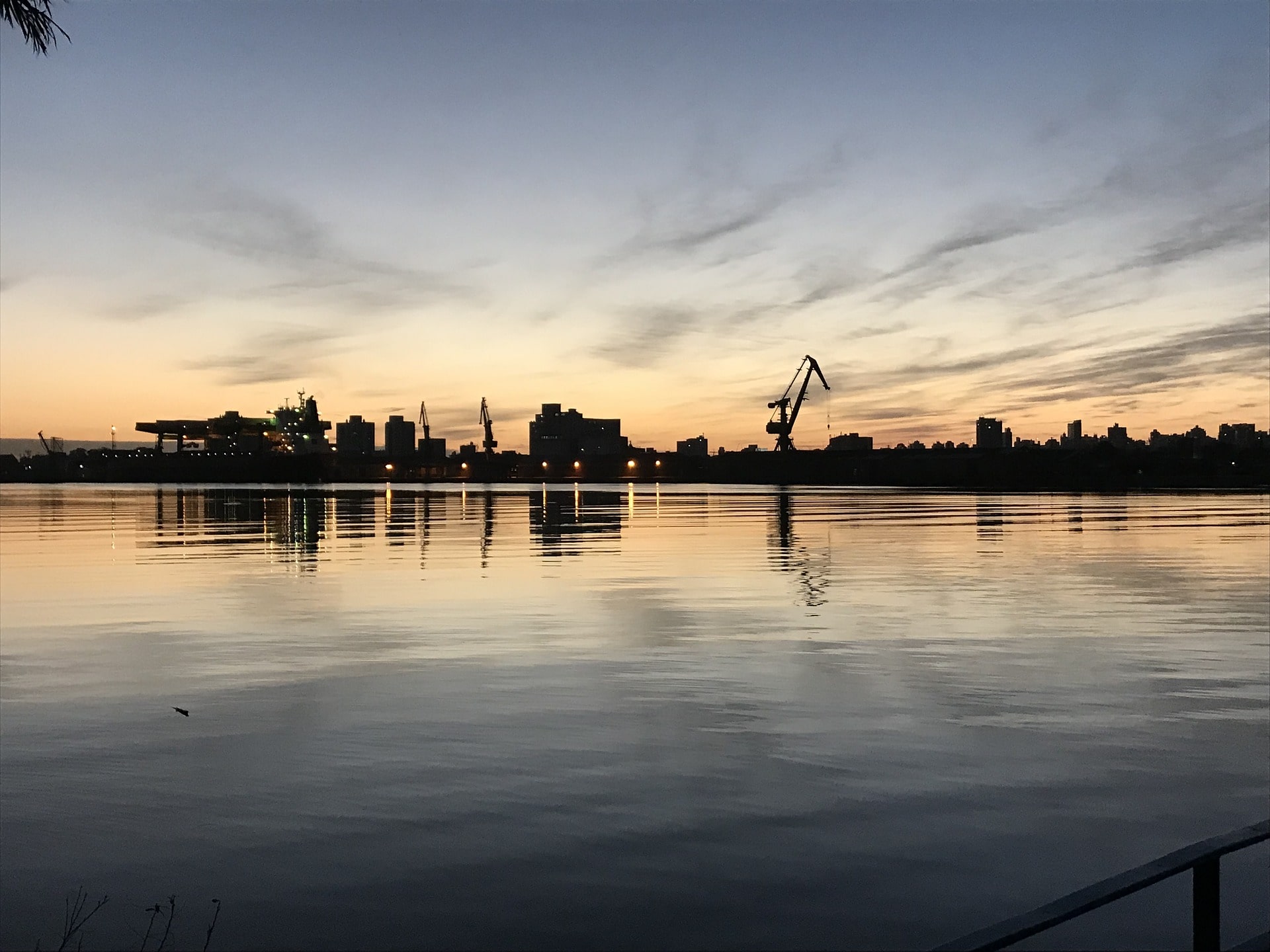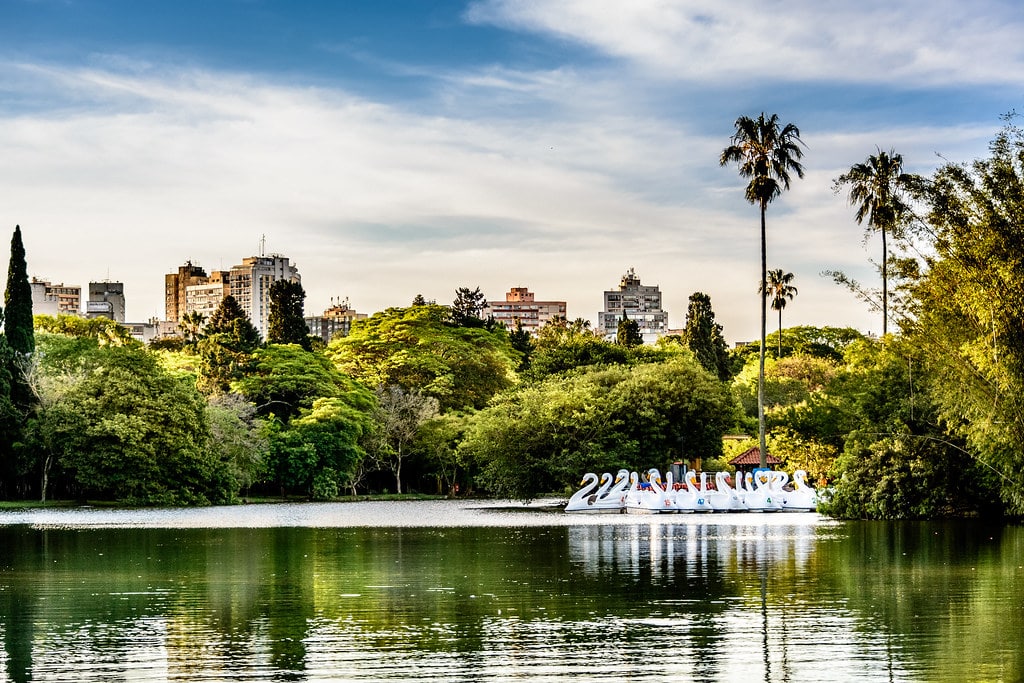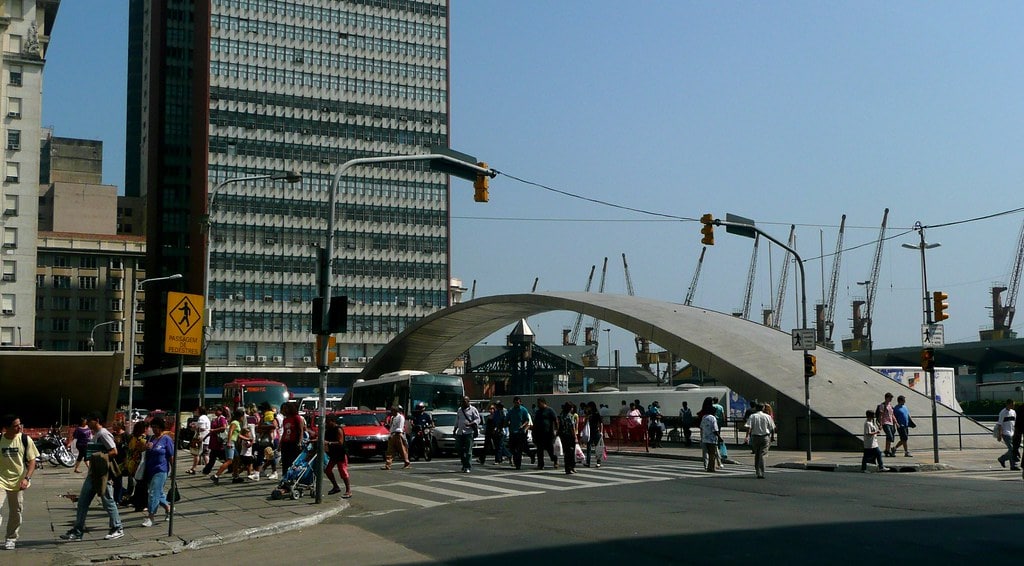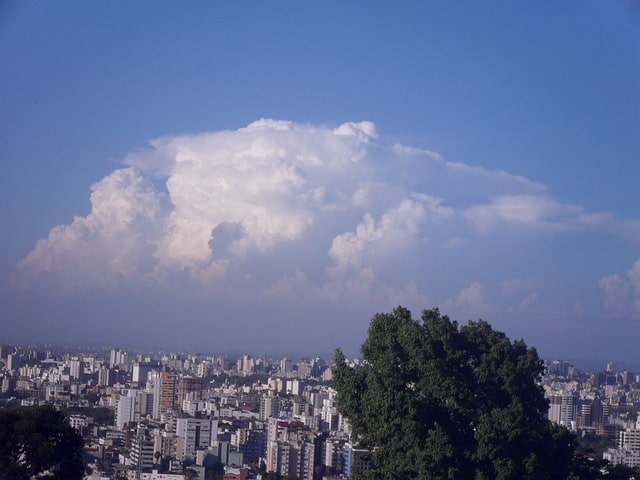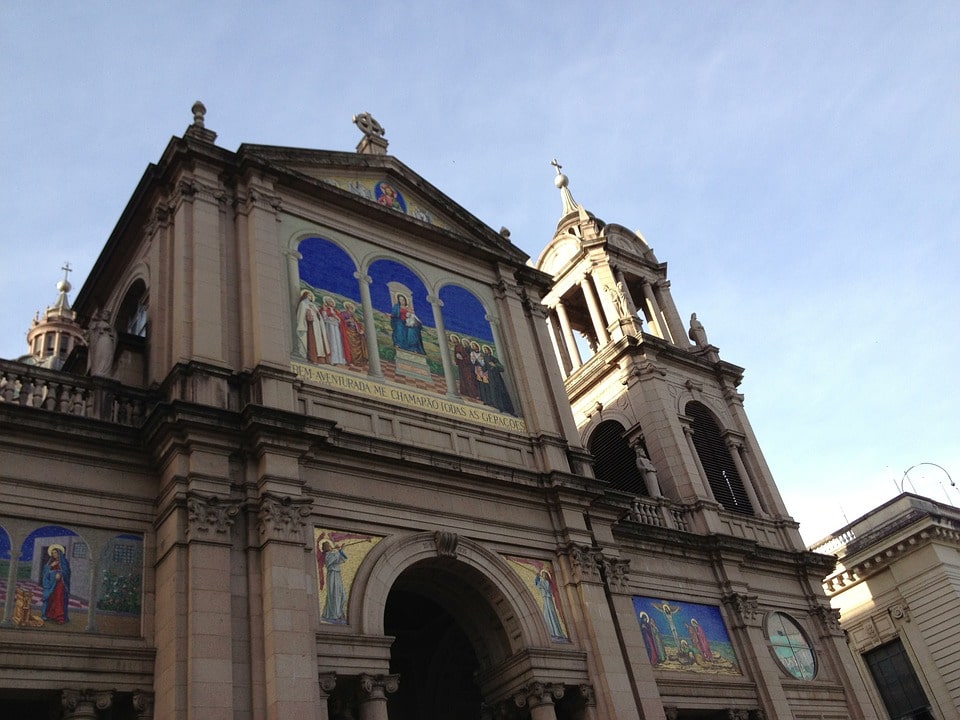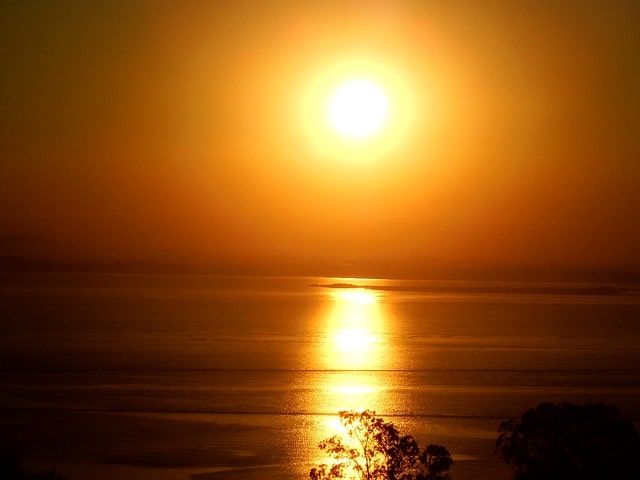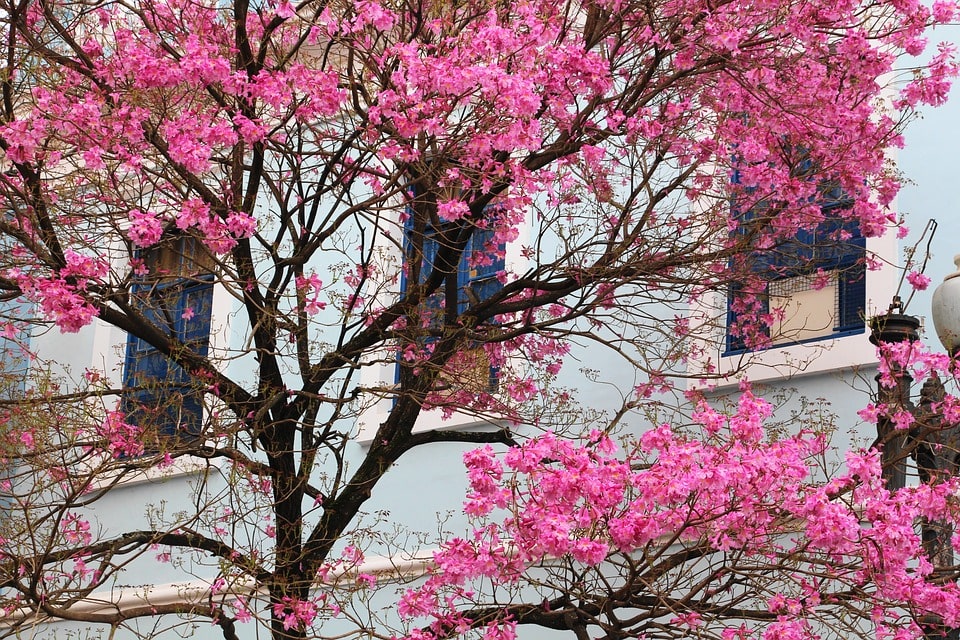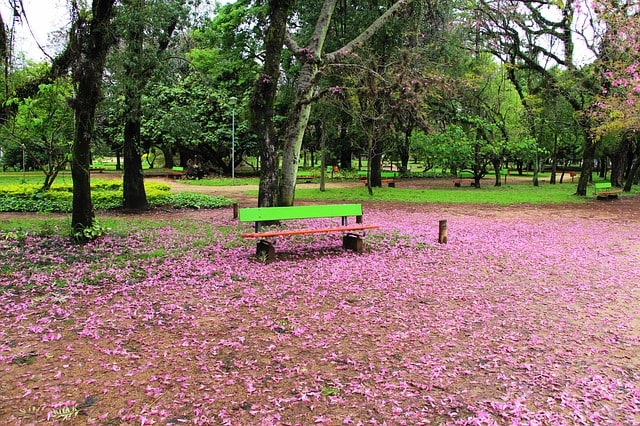The capital of Rio Grande do Sul is the most important metropolis in southern Brazil and one of the most populated in the country. Characterized by an intense cultural life and a very high quality of life, Porto Alegre offers countless activities and walks in its diverse urban areas.
The historical center, the modern center and the fresh waterfront of the Guaíba river are the main scenarios for gaucho tourism, although in all its neighborhoods you will find pleasant surprises typical of a first class destination. Culture, fascinating buildings, history and a natural framework of radiant beauty open numerous places of unforgettable view during your stay.
• Moinhos de Vento Park
Parcão for the gaúchos, this huge park (11.5 hectares green) is located in the Moinhos de Vento neighborhood. Favorite site for sports lovers, it is also an important meeting point between the inhabitants. Its artificial lake is one of the most beautiful landscapes of the place, where it is possible to observe turtles, fish and geese.
• Art Museum of Rio Grande do Sul
Art lovers can not miss this museum, one of the most valuable in the country. Its architecture (an old building of Praça da Alfândega) is already a work of art, completed by almost three thousand national and international works that make up its collection. There are permanent collections and temporary exhibitions that are constantly renewed. The museum opens from Tuesday to Sunday from 10 am to 7 pm. Admission is free.
• Central Market of Porto Alegre
On the Largo Jornalista Glênio Peres is located this historic market (created in 1869) where the colors and aromas of local products are exhibited. There are more than 100 stalls and numerous restaurants that provide a unique encounter with the Gaucho cultural and gastronomic heritage.
• Farroupilha Park
Better known as Redenção, Farroupilha is the most popular green space among locals. In addition to housing important examples of regional flora and fauna, it has an auditorium (the Araujo Viana amphitheater) where interesting shows and cultural activities take place. On Sundays, on the José Bonifácio avenue next to the park, there is the Brique da Redenção, a striking fair of local antiques and crafts.
• Monument to the Açorians
Among the representative monuments of Porto Alegre, it is of great interest that he pays tribute to the arrival in 1752 of the Azoreans (a Portuguese people) as the first settlers of the city. Work of the sculptor Carlos Tenius, the futuristic structure of 17 meters’ high was inaugurated in 1972 in the Largo dos Açorianos, next to the emblematic building of the Administrative Center of the State.
• Usage of Gasometer
An old power plant located on the banks of the Guaíba River, this picturesque building from 1928 has been renovated to house cinemas and art exhibitions. It is a classic walk to visit the Usina to contemplate the sunset over the waters, photographing one of the most beautiful postcards of Porto Alegre.
• PUCRS Science and Technology Museum
Innovative and fun, this museum is the only one in Latin America to dedicate itself to the natural sciences in interactive mode. There are attractions and activities for the whole family, designed to learn many scientific disciplines in an entertaining and original way. In addition to a huge permanent collection, the museum has areas for experiments and geological and paleontological samples.
• The Botanical Garden
Among the leafy green areas of Porto Alegre, the Botanical Garden invites captivating tours discovering the various species of native flora. The institution carries out important research tasks and offers environmental education activities and guided tours. More than 30 hectares of rich biodiversity.
• Rua Da Praia
Officially called "Rua dos Andradas", this street proffers some of the most traditional pedestrian promenades in the city. Of great value for having been one of the first streets of Porto Alegre, the encounter between history and modern life infuses a unique charm to this road, protagonist of Gaucho folklore. Various cultural centers, old houses, shops, museums and galleries nourish the street with an unmissable tourist attraction.
• Mario Quintana House of Culture
The former Majestic Hotel is today the headquarters of this important cultural center, named after the famous Brazilian poet Mário Quintana, who spent several years in that establishment. Located on the Rua da Praia, the rich architecture of the building is the perfect setting for the display of art and culture that takes place in the place: shows, dance and theater rehearsals, cinemas, exhibitions, libraries and bookstores.

 English
English
 Español
Español
 Français
Français
 Italiano
Italiano
 Português
Português
 Deutsch
Deutsch
 简体中文
简体中文
 Filipino
Filipino
 日本語
日本語
 한국어
한국어
 Tiếng Việt
Tiếng Việt
 ภาษาไทย
ภาษาไทย
 繁體中文
繁體中文
 हिन्दी
हिन्दी
